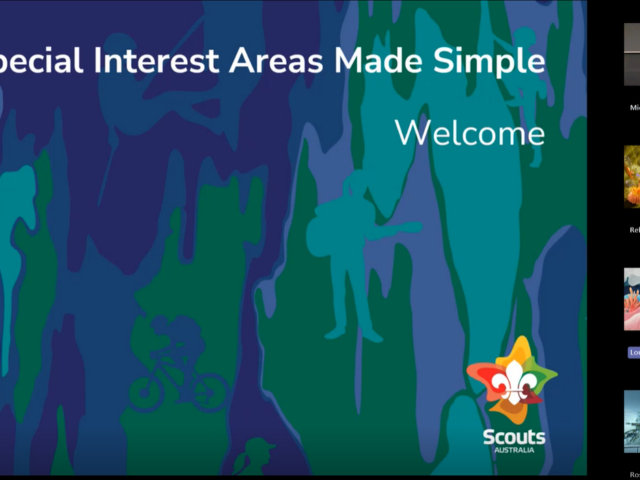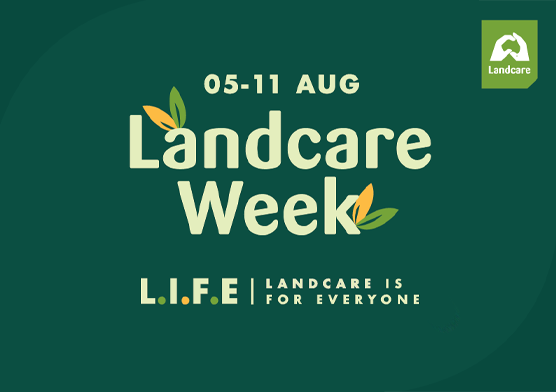Our New Youth Program
Unpacking the Special Interest Areas
![]()
The Special Interest Areas are one component of the Achievement Pathways, currently being implemented as part of the New Youth Program. You may have heard about the Special Interest Areas, but what exactly are they, and how will they be used in Scouting?
The Special Interest Areas encourage youth members to try new things and to progress through their existing interests. Scouts will be involved in the cycle of Plan > Do > Review > for a project or activity related to one of the Special Interest Areas. This involves the Scout setting personal goals with support from others.
There are six Special Interest Areas, and Scouts are encouraged to come up with challenges and projects within these Areas. Some Scouts will do this very easily, while others may need support to brainstorm and come up with ideas. A place to start could be considering the United Nations Sustainable Development Goals.

Creating a Better World
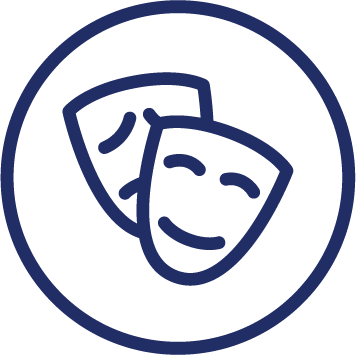
Arts and Literature
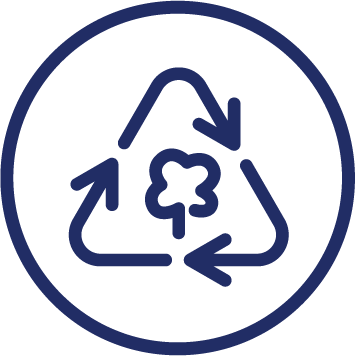
Environment

Growth and Development

STEM & Innovation
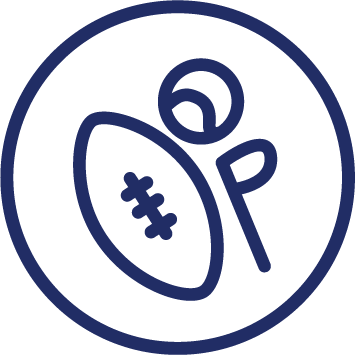
Adventure & Sport
The Special Interest Areas are designed to be adapted to the different skill levels of each individual. The areas are the same for each age section, but one completed by a Scout from one age section will normally involve different challenges than one from another. It’s all about ensuring the young person is at the centre of their Scouting journey.
It’s important that Scouts are challenged and progress to a reasonable level based on their capabilities. It’s up to the Unit leadership team (Unit Council) to help make sure Scouts are challenged appropriately.
Supporting Scouts to Achieve Special Interest Areas
For more specialised or specific projects, a Scout may need the help of a project mentor or subject matter expert. Generally this is when the project involves a complex idea or plan, a specialist area, or notable risk. This person may help the Scout to varying degrees right through the process of Plan > Do > Review >. Some examples might include: mechanics, learning a musical instrument, or computer coding.
Achieving Special Interest Area’s Together
Depending on the age section, Special Interest Areas can be completed individually, together as a Patrol, or as a Project Patrol. Regardless of who the Special Interest Area is completed with, it’ll need to involve personal goal-setting for each Scout. Whatever the project undertaken through the Special Interest Area, it should involve personal challenge and progression for each Scout involved.
To help set the goals to an appropriate standard, the Scout should have some help from a youth or adult leader, a more experienced Scout, a subject matter expert (like a sports coach or teacher), or mentor.
Special Interest Areas involve a strong focus on Plan > Do > Review >. Scouts going through this process with a Patrol should be supported to make sure they’re all involved, and challenged appropriately.
Emphasis on Review >
Once a Scout has completed a Special Interest Area project, they will Review > their project with the assistance of their Patrol Leader, Unit Leader, adult Leader or project mentor. This will allow the Scout to recognise the development that’s occurred and the learnings they take away from the experience.
If a Scout has not managed to reach all the goals they set as part of their Special Interest Area, this doesn’t necessarily mean they have not completed the Special Interest Area. The reflection process will help a Scout identify the growth they have experienced. Through this reflection, a Scout should be able to identify if they deem the Special Interest Area to be complete, or if they wish to review their goals and try again. The person supporting the Scout through this discussion should support them to acknowledge the achievements they have made, and make sure the Scout doesn’t sell themselves short!
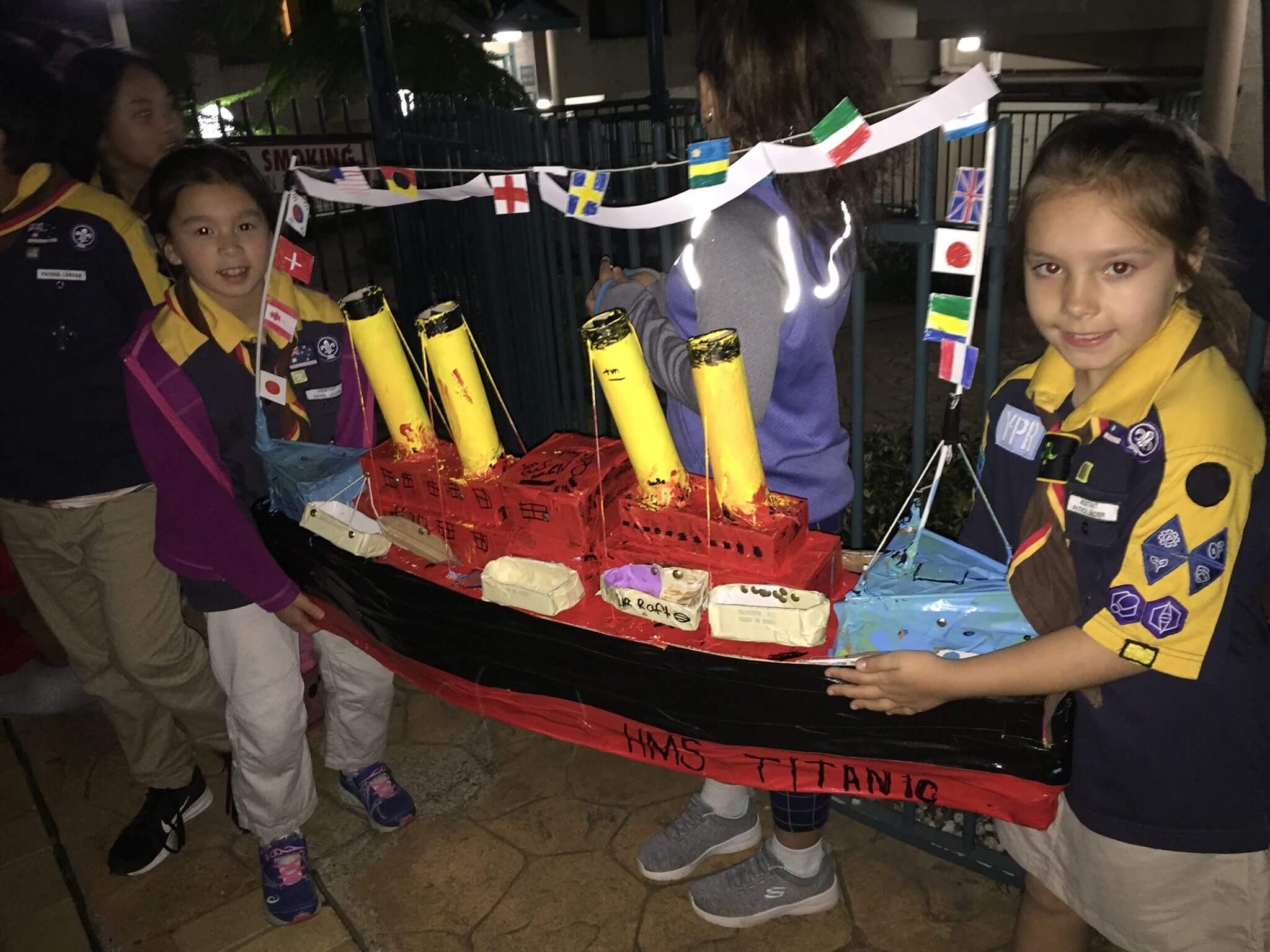
Finishing a Special Interest Area
Any achievement is worthy of recognition and celebration in Scouting. When a Scout completes an element of the Achievement Pathways, we mark the achievement by presenting them with a badge to wear on their uniform shirt.
Any badge presentation should be focused on the individual Scout and the experience and personal progress they’ve experienced related to this achievement.
The biggest achievement isn’t the badge itself, but the personal progression that’s occurred!

